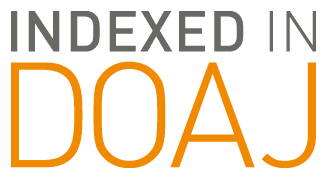Abstract
The development of administrative theory has long been a quest for scholars in the field of educational administration. The beginnings of the development of a theory of educational administration began with Griffiths‘ (1959) now classic Administrative Theory, where he outlined the problem and noted, ―The field [of educational administration] is no longer neatly defined [and] textbooks are characterized by a search for the substance of administration and for a theory which binds the substance together‖ (p. 1-2). The need for such a theory has been important because a theory could serve to guide and support practice, even though the link between theory and practice has not always been articulated. In addition, the complex interactive nature of educational administration and the different school contexts have made it difficult to establish a uniform administrative theory. English (2002) called the theory-practice gap the ―Gordian Knot.‖ He noted, ―The theory-practice gap is a direct result of continuing to use inductive methods in creating theories for use in studying schools and the practices in them. The creation of … theories in educational administration … are not likely to come about under the way theories are constructed…in much of the present research‖ (p. 3).
Recommended Citation
Beach, Don M.
(2018)
"Constructing a Theory of Educational Administration,"
School Leadership Review: Vol. 7:
Iss.
1, Article 4.
Available at:
https://scholarworks.sfasu.edu/slr/vol7/iss1/4
Tell us how this article helped you.


